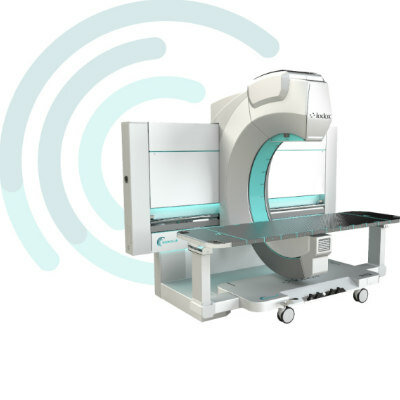Virtual Colonoscopy May Increase Colorectal Cancer Screening Compliance
By MedImaging International staff writers
Posted on 28 Jan 2013
The availability of computed tomography colonography (CTC), commonly known as virtual colonoscopy, is increasing colorectal cancer (CRC) screening rates across US military medical facilities. Including CTC as a Healthcare Effectiveness Data and Information Set (HEDIS)-compliant colorectal cancer (CRC) screening test can potentially raise overall screening rates, according to recent research.Posted on 28 Jan 2013
The study’s findings were published in the January 2012 issue of the Journal of the American College of Radiology. The US National Committee for Quality Assurance (Washington DC, USA) developed HEDIS to provide quality measures for the evaluation of standards of medical care across health plans. Although CTC is included in the most recent screening guidelines jointly released by the American Cancer Society, the American College of Radiology (ACR; Reston, VA, USA), and the US Multi-Society Task Force on Colorectal Cancer in 2008, it has not been included as a qualifying test for the numerator of the HEDIS CRC screening metric. Current HEDIS measures for CRC screening include fecal occult blood testing, flexible sigmoidoscopy and colonoscopy.
“The aim of our analysis was to quantify the use of CTC for CRC screening and demonstrate the potential impact of including CTC as a HEDIS-acceptable screening modality,” said Brooks D. Cash, MD, from the US National Naval Medical Center (Bethesda, MD, USA), and author of the study.
Healthcare utilization and demographic data from the Military Health System Population Health Portal for January 1, 2005, through December 31, 2010, for individuals aged 50 to 75, were analyzed to determine the level of overall utilization of CTC. Screening compliance for CRC per HEDIS was also estimated, and the incremental impact of adding HEDIS-eligible patients who had undergone CTC as their only CRC screening test was then evaluated for two similarly sized, regional Navy medical centers.
Across all sites (10 Army, 4 Navy, 3 Air Force), 17,187 CTC studies were performed, with increasing utilization during the six-year study period. At the two Navy medical centers, screening compliance ranged from 33.8%–67.9% without CTC and 33.8%–84% with CTC.
“Our analysis demonstrates that CTC is being implemented with increasing frequency across military treatment facilities and that the inclusion of CTC in the currently defined NCQA numerator for CRC screening tests could improve HEDIS compliance metrics in the presence of an integrated CTC screening program,” concluded Dr. Cash. “Given the low rates of current HEDIS measures for CRC, it is important to expand this metric to include high-quality tests such as CTC that have the potential to significantly increase compliance with CRC screening guidelines and can be expected, over time, to contribute to further lowering of CRC-associated morbidity and mortality.”
Related Links:
US National Committee for Quality Assurance
US National Naval Medical Center














